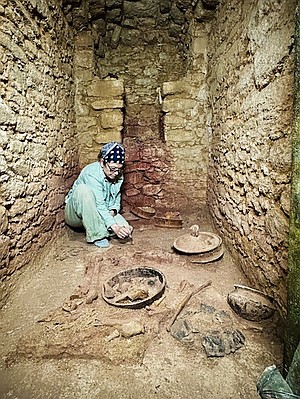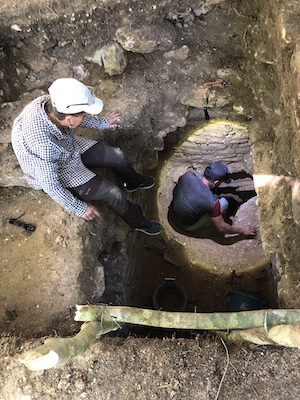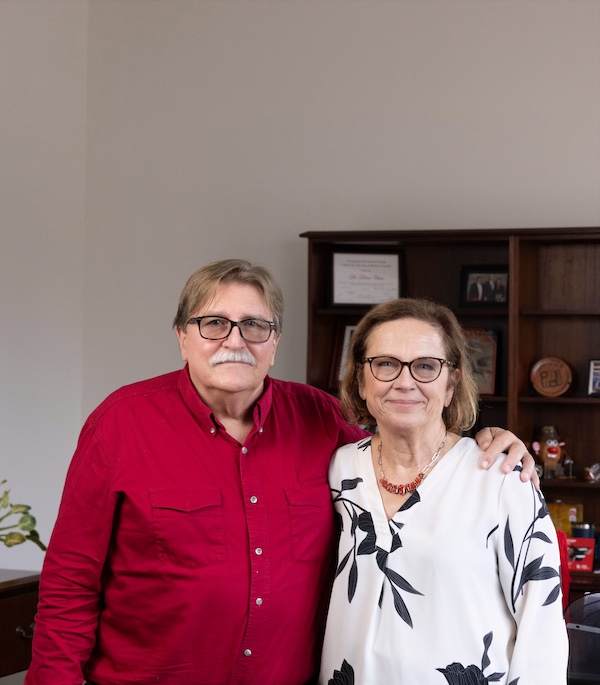7/10/2025

Archaeologists from the University of Houston have discovered the tomb of Te K’ab Chaak, the founding ruler of the ancient Maya city of Caracol in Belize. This is the first identifiable ruler's tomb found in more than 40 years of excavations at the site, the largest Maya archaeological zone in Belize and one of the most prominent in the lowlands.
Te K’ab Chaak, who took power in 331 AD, was buried with elaborate offerings including pottery, jadeite jewelry, a mosaic mask, carved bone tubes, and Pacific spondylus shells. His tomb lies beneath a royal family shrine in Caracol’s Northeast Acropolis.
 Accessing the tomb
Accessing the tomb
The tomb is one of three major burials dated to around 350 AD, coinciding with early interactions between the Maya and the central Mexican city of Teotihuacan, located over 1,200 kilometers away. One of these burials, a cremation recovered in 2010, included green obsidian from Pachuca, Mexican-style weapons, and artifacts typical of Teotihuacan, suggesting high-status individuals in Caracol had adopted or engaged with central Mexican practices.
A third burial, of a woman with jade and shell ornaments, was also dated to the same period and found nearby. These finds indicate that Maya elites were involved in long-distance exchange and diplomatic connections with Teotihuacan generations before its influence became widely recognized in Maya records after 378 AD.
Te K’ab Chaak's tomb and associated burials offer new insights into the complexity of early Maya politics and external relations. Research on the tomb continues, including reconstruction of the jadeite death mask and DNA and isotopic analysis.
 Arlen and Diane Chase
Arlen and Diane Chase
The discoveries were made by archaeologists Arlen and Diane Chase, who have led research at Caracol since 1985. Their work has reshaped understanding of Maya urbanism, social structure, and Caracol’s prominence, including its military victory over Tikal in 562 AD. The team will present their findings at a Maya–Teotihuacan conference in Santa Fe in August 2025.
